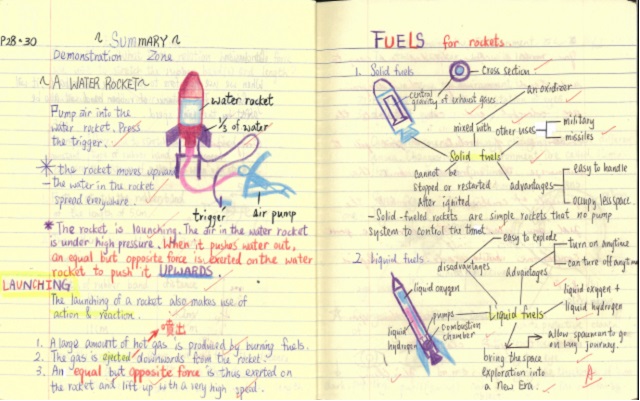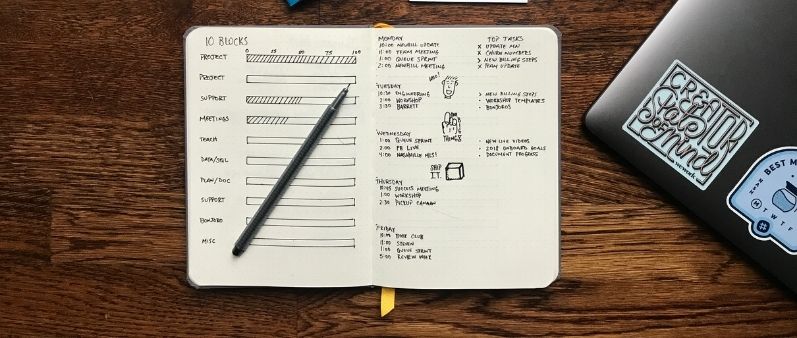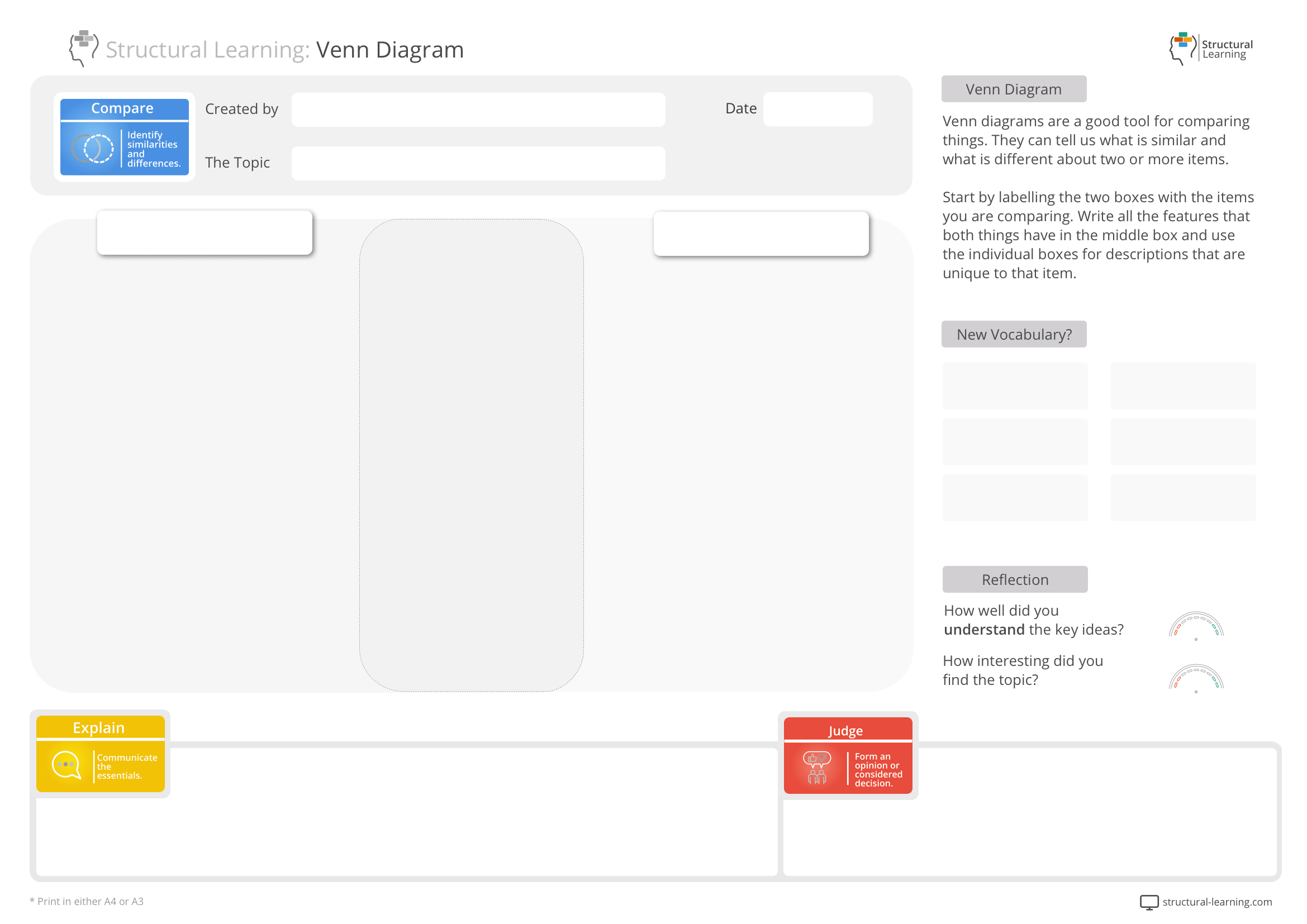Learning Journal's for developing independence
Enhance independent learning with effective Learning Journals. Discover strategies for developing autonomy and self-directed learning skills.


Enhance independent learning with effective Learning Journals. Discover strategies for developing autonomy and self-directed learning skills.
Learning Journals are powerful educational tools that encourage students to engage in reflective thinking about their learning experiences. They provide a personal space for the individual child to record their thoughts, questions, and discoveries, promoting a deeper understanding of the learning material. This reflective practice has been shown to improve outcomes for children, with one study finding that students who kept learning journals performed better in assessments than those who did not (Moon, 2006).
Learning journals can take many forms, including Metacognitive Journals, where students reflect on their thinking processes, and Creative Writing Journals, where students express their understanding through stories or poems. In the digital age, online learning journals have also become popular, providing a convenient platform for students to record their reflections and for teachers to provide feedback.
Educational theorist John Dewey once said, "We do not learn from experience... we learn from reflecting on experience." This quote encapsulates the notion of intelligence that underpins learning journals. By encouraging students to reflect on their experiences, learning journals help to develop their Emotional Intelligence and other personal intelligences.
In education centres and other education contexts, learning journals can be integrated into the curriculum in various ways. For example, after a science experiment, students could be asked to write in their journal about what they observed, what they learned, and any questions they still have. This makes the content visible and provides fantastic evidence of the development progress of each child.
In a survey of education professionals, 85% reported that learning journals had a positive impact on their students' learning (Linking research and teaching to benefit student learning, 2005). This statistic highlights the potential of learning journals as a tool for enhancing learning in schools and other educational settings.
Creating a learning journal is a straightforward process that can significantly enhance a child's learning experience. Here are seven steps to guide teachers and parents in this endeavor:
Creating a learning journal is like planting a seed - it requires time, care, and patience, but the end result is a flourishing representation of the child's learning journey. In fact, the study previously mentioned found that students who used learning journals showed a 20% improvement in their grades (Moon, 2006). This statistic underscores the potential of learning journals to enhance child learning and make the activities children engage in more meaningful.

You can organise your learning journal by dividing it into different sections (one section for each topic/ week). You can write a heading (or an article title) for each topic. If you want to write a summary (or article abstract) of the journal, have this at the beginning of the last pages of the assignment.
In case of having in-text citations, remember to create a complete list of references on the last pages of the learning journal. For younger students, children can use a journal for documenting the tasks that need to be achieved, research that needs to be undertaken or preparation for an upcoming piece of work. The key utility for an effective journal is organisation.
A wide range of empirical studies indicates that learning journals are more useful for senior students as compared to primary school students. The language of a learning journal may include both the first and the third person. First-person is used to write about your opinion about the learning and third person (he, she or names) is used for any discussion points.
A learning journal is one amongst a wide range of learning methods that may include verbatim examples i.e. examples of what you would say to another person or a client, and what they might say.

Following are the steps of writing a learning journal.
1. Select a journal: You can use anything from a leather-bound diary to a composition book, whatever you find appealing enough to write in. As long as it has a consistent structure and the students know how to utilise it, the appearance does not matter too much.
2. Choose a specific place and time: You must pick a place that is free of pressing distractions and obligations. This has to be a particular time in which you would reflect on yourself, without thinking about other matters of life. In secondary school, this is often form time.
3. Follow a consistent structure: There is no specific format for creating a learning journal, but it is helpful to have a format for your writing. For example, sixth form students may start their entry by first defining what is their objective of learning.
4. Discuss what's affecting the learning process: Are you learning independently or with a group? What is the anonymous peer review process? How does this affect your knowledge? Was this topic assigned to you or did you do it by yourself?
5. Record your feeling, observations and reactions about the learning: Did you prove or decline? Did it change your assumptions? What has motivated you? Write down any concepts and quotes that inspired you. It's better to keep your notes and learning materials in approach for this purpose.
6. Reflect on: Record how this experience has helped you to learn and explain all the steps. How did you get to this point? What is the significance of your learning, and how does it relate to your previous learning? How can you improve in the future?

A learning journal is one of the wide range of the most effective active learning strategies for senior students. A learning journal facilitates in reflecting on your learning for a specific task (e.g. a current issue, literature review, publication process or book review), and can be used for different objectives including personal development planning, experiential learning and project development. Establishing a record of learning is helpful for hundreds of children in:


Don't forget that writing itself is a learning tool. You may use writing to investigate concepts as a way to understand them. The templates should be designed to help learners clarify their thinking – you may format your learning journal as per your requirements.
Your learning journal may include other entries related to your reflective learning e.g. staff perspectives about an issue. These can be ‘objective’, ‘result’, ‘focus’, ‘process’, ‘audience', theory’, and other entries. The most important is to use the main reflective questions to assess your learning (How was the experience of oral proficiency development?
What did I learn while oral proficiency development?), to reflect on learning at a deeper level (How are philosophical discussions significant to me in the context of my past learning?), and to use understanding to further develop your learning (What did you learn from work-based learning? What are the different aspects of development? How have your learning changed the way you would do things in the future studies?).
Learning Journals are powerful educational tools that encourage students to engage in reflective thinking about their learning experiences. They provide a personal space for the individual child to record their thoughts, questions, and discoveries, promoting a deeper understanding of the learning material. This reflective practice has been shown to improve outcomes for children, with one study finding that students who kept learning journals performed better in assessments than those who did not (Moon, 2006).
Learning journals can take many forms, including Metacognitive Journals, where students reflect on their thinking processes, and Creative Writing Journals, where students express their understanding through stories or poems. In the digital age, online learning journals have also become popular, providing a convenient platform for students to record their reflections and for teachers to provide feedback.
Educational theorist John Dewey once said, "We do not learn from experience... we learn from reflecting on experience." This quote encapsulates the notion of intelligence that underpins learning journals. By encouraging students to reflect on their experiences, learning journals help to develop their Emotional Intelligence and other personal intelligences.
In education centres and other education contexts, learning journals can be integrated into the curriculum in various ways. For example, after a science experiment, students could be asked to write in their journal about what they observed, what they learned, and any questions they still have. This makes the content visible and provides fantastic evidence of the development progress of each child.
In a survey of education professionals, 85% reported that learning journals had a positive impact on their students' learning (Linking research and teaching to benefit student learning, 2005). This statistic highlights the potential of learning journals as a tool for enhancing learning in schools and other educational settings.
Creating a learning journal is a straightforward process that can significantly enhance a child's learning experience. Here are seven steps to guide teachers and parents in this endeavor:
Creating a learning journal is like planting a seed - it requires time, care, and patience, but the end result is a flourishing representation of the child's learning journey. In fact, the study previously mentioned found that students who used learning journals showed a 20% improvement in their grades (Moon, 2006). This statistic underscores the potential of learning journals to enhance child learning and make the activities children engage in more meaningful.

You can organise your learning journal by dividing it into different sections (one section for each topic/ week). You can write a heading (or an article title) for each topic. If you want to write a summary (or article abstract) of the journal, have this at the beginning of the last pages of the assignment.
In case of having in-text citations, remember to create a complete list of references on the last pages of the learning journal. For younger students, children can use a journal for documenting the tasks that need to be achieved, research that needs to be undertaken or preparation for an upcoming piece of work. The key utility for an effective journal is organisation.
A wide range of empirical studies indicates that learning journals are more useful for senior students as compared to primary school students. The language of a learning journal may include both the first and the third person. First-person is used to write about your opinion about the learning and third person (he, she or names) is used for any discussion points.
A learning journal is one amongst a wide range of learning methods that may include verbatim examples i.e. examples of what you would say to another person or a client, and what they might say.

Following are the steps of writing a learning journal.
1. Select a journal: You can use anything from a leather-bound diary to a composition book, whatever you find appealing enough to write in. As long as it has a consistent structure and the students know how to utilise it, the appearance does not matter too much.
2. Choose a specific place and time: You must pick a place that is free of pressing distractions and obligations. This has to be a particular time in which you would reflect on yourself, without thinking about other matters of life. In secondary school, this is often form time.
3. Follow a consistent structure: There is no specific format for creating a learning journal, but it is helpful to have a format for your writing. For example, sixth form students may start their entry by first defining what is their objective of learning.
4. Discuss what's affecting the learning process: Are you learning independently or with a group? What is the anonymous peer review process? How does this affect your knowledge? Was this topic assigned to you or did you do it by yourself?
5. Record your feeling, observations and reactions about the learning: Did you prove or decline? Did it change your assumptions? What has motivated you? Write down any concepts and quotes that inspired you. It's better to keep your notes and learning materials in approach for this purpose.
6. Reflect on: Record how this experience has helped you to learn and explain all the steps. How did you get to this point? What is the significance of your learning, and how does it relate to your previous learning? How can you improve in the future?

A learning journal is one of the wide range of the most effective active learning strategies for senior students. A learning journal facilitates in reflecting on your learning for a specific task (e.g. a current issue, literature review, publication process or book review), and can be used for different objectives including personal development planning, experiential learning and project development. Establishing a record of learning is helpful for hundreds of children in:


Don't forget that writing itself is a learning tool. You may use writing to investigate concepts as a way to understand them. The templates should be designed to help learners clarify their thinking – you may format your learning journal as per your requirements.
Your learning journal may include other entries related to your reflective learning e.g. staff perspectives about an issue. These can be ‘objective’, ‘result’, ‘focus’, ‘process’, ‘audience', theory’, and other entries. The most important is to use the main reflective questions to assess your learning (How was the experience of oral proficiency development?
What did I learn while oral proficiency development?), to reflect on learning at a deeper level (How are philosophical discussions significant to me in the context of my past learning?), and to use understanding to further develop your learning (What did you learn from work-based learning? What are the different aspects of development? How have your learning changed the way you would do things in the future studies?).